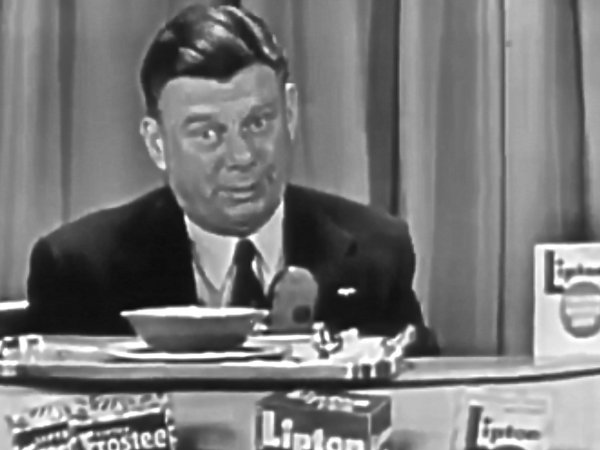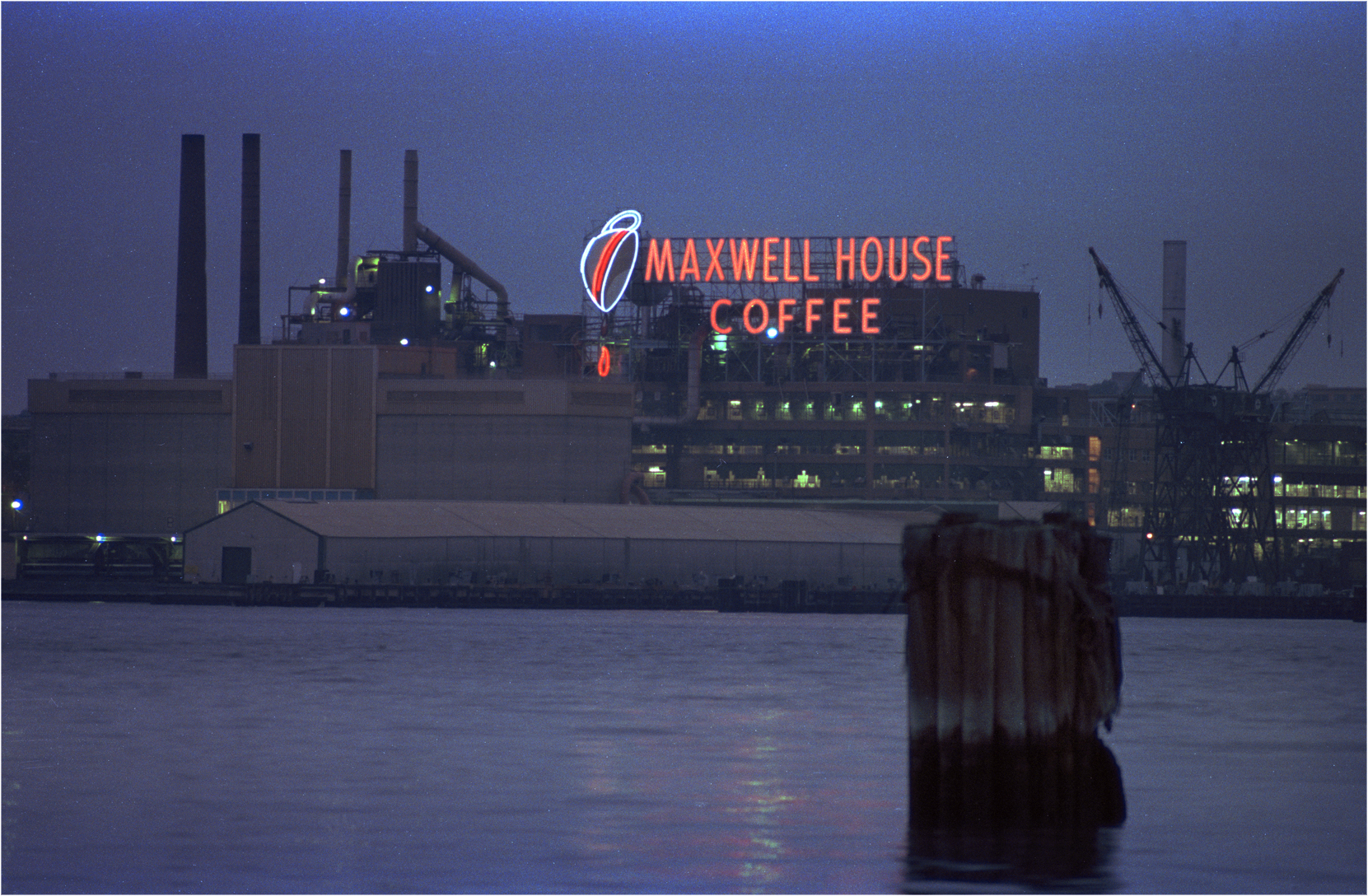- Messages
- 17,455
- Location
- New York City

If there's one man in all history who I would suspect never actually ate a bagel in his life, it would be Arthur Godfrey.


 John Lofgren Monkey Boots Shinki Horsebuttt - $1,136 The classic monkey boot silhouette in an incredibly rich Shinki russet horse leather.
John Lofgren Monkey Boots Shinki Horsebuttt - $1,136 The classic monkey boot silhouette in an incredibly rich Shinki russet horse leather.  Grant Stone Diesel Boot Dark Olive Chromexcel - $395 Goodyear welted, Horween Chromexcel, classic good looks.
Grant Stone Diesel Boot Dark Olive Chromexcel - $395 Goodyear welted, Horween Chromexcel, classic good looks.  Schott 568 Vandals Jacket - $1,250 The classic Perfecto motorcycle jacket, in a very special limited-edition Schott double rider style.
Schott 568 Vandals Jacket - $1,250 The classic Perfecto motorcycle jacket, in a very special limited-edition Schott double rider style. 
Godfrey made his name as a local morning DJ in Washington in the mid-thirties doing live commercials for "Zlotnick The Furrier," who had an enormous taxidermied polar bear on the sidewalk in front of his shop. Godfrey would read his commercials, and then comment on how moth-eaten the bear was, and people would go to the shop just to see how bad the bear really was. Mr. Zlotnick at first didn't appreciate the mockery, but later embraced it -- and Godfrey was on his way to stardom. He was the ultimate example of a media personality who had no talent at all except salesmanship.




The old Maxwell House plant in Hoboken -- complete with animated drops that the coffee is good to the last of.

Demolished in 1993, followed some time later by the plant, in favor of a luxury condo complex for the kind of bourgie snots who wouldn't be caught dead drinking Maxwell House.
Those RCA signs were very common here. I know of at least one that remained until just a few years ago when the little motel was flattened to be replaced by a warehouse expansion. I have wondered how many TV sets you had to purchase to get the privilege of giving RCA free advertising.The added late "color TV" sign looks terrible:



Augusta, Maine.
This sign hasn't worked in probably thirty years, but the business is still a going operation. When I was small, and we'd drive past it on the way to Gardiner, I'd think that they called it "Rotary" because of that mechanical rack that revolves around with the clothes. In reality they call it that because its located alongside what we locals insist on calling a "rotary," despite increasing outastate pressure to call it a "roundabout."
RCA would give those signs out to any motel that installed an RCA color set in all of its units -- and they'd often give the motelier a deep discount on those sets. The whole idea was a way of introducing an ever-changing audience of transients who would otherwise never consider spending $500 on a color set to just how splendid and impressive that it was. Being holed up in a motel on a rainy night in 1966 and seeing "Bonanza" unfold in lush oversaturated RCA color when all you'd ever seen was black and white was quite an effective pitch. I imagine a lot of them went right out as soon as they got home and bought one of those cheap $199 Philco roundies.
"Privilege" signs were always a thing -- the Coca-Cola sign above is a classic example of one, given to the merchant for free complete with his name on it in exchange for the "Privilege" of hanging their ad on the front of his building. They were usually much fancier than anything Joe Independentbusinessman could have afforded on his own, and the traveling reps for the companies that used them made a point of selling up the cachet of having your own little hole-in-the-wall joint associated with the Unmistakable Prestige of a Nationally Advertised Brand.
Wall ads were also very commonly done on a privilege basis. When you see the eroded remains of a Coke sign on the side of a building and at the top, in white letters on a black bar, you can just make out where it says "Peavey's Pharmacy", that's a privilege sign.
... In reality they call it that because its located alongside what we locals insist on calling a "rotary," despite increasing outastate pressure to call it a "roundabout."